
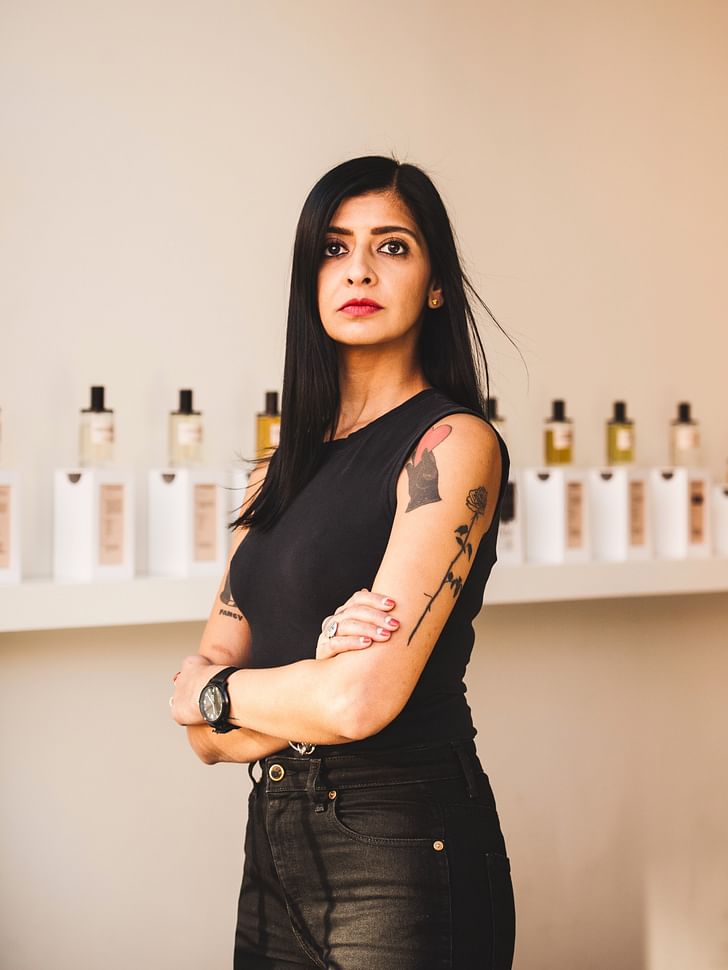
Working out of the Box is a series that profiles former architects who have applied their architecture backgrounds to alternative career paths.
Earlier this summer, Archinect spoke with Kavi Moltz, who co-founded the perfume studio D.S. & Durga with her husband David in New York City over 10 years ago. In charge of D.S. & Durga's design and visual branding, Kavi took a moment to talk about going against the grain, the tough but formative lessons she learned while working in architecture, and how those experiences have influenced the way she runs her growing company.
This interview has been condensed and edited for clarity.
How would you describe your company, D.S. and Durga, and what you do?
D.S. and Durga is a perfume company. We believe perfume is a form of armchair travel, which means we believe that each bottle contains a journey, and a lot of storytelling. Narrative is involved in each of our senses, and the references and inspiration that go into perfume-making are akin to those of any other creative discipline.
What's different about D.S. and Durga is that it's perfumer- and designer-owned. David is a self-taught perfumer, which is very rare in this industry; It's a very top-down and opaque business that's kind of hard to break into. A lot of people are born into it, or, you go to school for it. So, that he taught himself to make perfume is quite rare. I do the design work, meaning, I create all the visuals, all the packaging, and all the branding; We keep all our creative output in-house, [unlike] a lot of perfume brands that [instead] go to one of five large perfume houses and work with a perfumer.
We're really different because we create the perfumes from scratch ourselves, there's no middle man to it. David is thinking of what the sense of smell should be like, and actually creating it, instead of describing what he wants or what he's going for to someone else. So it's a more direct way to work, and very ground-up. That's how we started, and that's how we still do it.

What made you first become interested in architecture, and at what point in your life did you decide to pursue it?
Oh God, I knew a long, long time ago. Probably around high school—my high school thesis was on Gothic cathedrals. I was really interested, not necessarily in modern architecture, but I was interested in buildings. Then I went to college and I got a bachelor's degree in art history. I also focused on architectural history. I always loved it: I always loved art, I always loved beauty, you could say. And then I decided sometime in college that I would pursue architecture against the advice of pretty much everyone I asked. And that's probably a common story, I guess. I asked my parents' friends and even other architects, and everyone said no, but I did it anyway.
I also worked in architecture for a little bit. After college, I got a list of alumni from my college working as architects in New York City. I cold-called a few of them to see if I could get an internship or something to break into the industry, since I knew I needed a portfolio to apply to a master's program, though I didn't even really know what that meant. Eventually, I found someone who was willing to take me under his wing. I worked at firms for about two years and got an introduction to high-end New York residential projects.
Then, I went to grad school at SCI-Arc in Los Angeles. The school was great because it was, you know, art projects. It was like architecture for art students, basically, [because] I am not very...pragmatic?
Yes, SCI-Arc is more conceptual.
Right, I didn't actually learn anything about building, but it was definitely up my alley of just art and concept and theory and, like, wild ideas...So, I liked it. I really enjoyed it. But I don't think I was really prepared for what architecture was really like, or what working as an architect would really be like. It ended up being quite different.
Two years into working as an architect in New York after my master's, I met David. We started D.S. & Durga as a hobby...I would be working at the architecture studio [and then] go home to stamp boxes or whatever. I think we did it all by hand. It was this instant creative outlet that architecture wasn't giving me. And it was during the recession in 2009, which was a depressing time to be in architecture. I was lucky to have a job. I thought I should see where D.S. & Durga would go, when I was younger and didn't have much to lose. I thought it would be fun to take this seriously and try it out. That was a good decision!
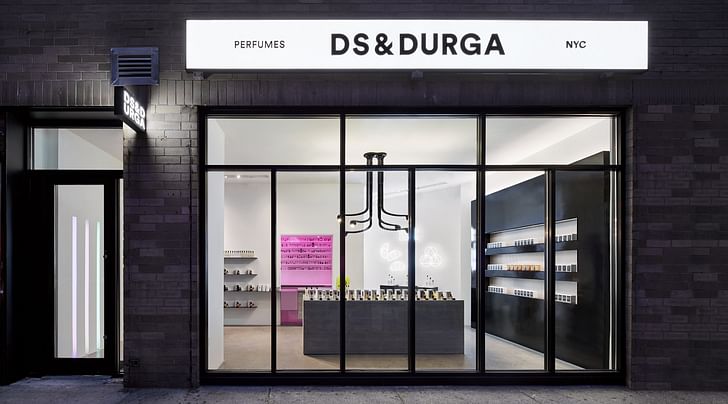
You recently opened your first flagship store in Manhattan. Congrats on that! What was that entire experience like for you? As a trained architect, did you feel like you were back in your element designing the store?
Thank you. I had always wanted to open a store, and assumed that I would get to design it because what better way of coming full circle than to design our own store? Then, when the time came, I just really didn't have time. I also had been out of the practice of architecture for like, 10 years, so I just didn't have the time or the skills anymore or the resources to do it myself. I hired Krista Ninivaggi of K&CO. She is an old high school friend of mine, actually, and runs an amazing studio, and she was willing to work with me on it, so it was like creative visions coming together. She executed it really beautifully. I'm really happy that we got to work together.
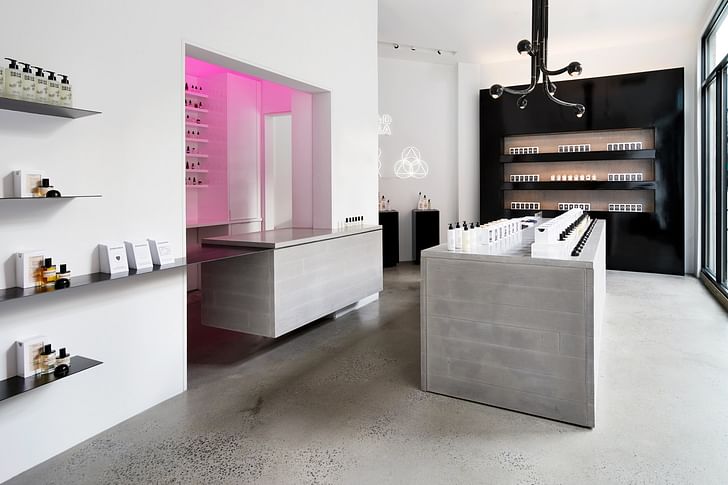
As you were designing the store with your friend, were there any architectural styles or architects that have always influenced you and you thought, “Oh, I want to incorporate that into my own brand”?
Corbusier. I'm like, diehard for Corbusier. I was always really intent on using some sort of concrete. I love the rawness of concrete—And it made sense in the space. We're always trying to channel New York City and like, edgy New York City vibes into the brand and anything we do. So, we wanted the whole vibe to be raw, edgy. And it is raw and edgy, but it's also quite sophisticated. I'm really into texture, as Corbusier also was. There's a lot of different materials in there, with different finishes, different textures. This is a really great time [for me] to reconnect with using materials because otherwise, I'm just on the computer and working on paper and labels and smaller-scale, softer goods. It was great to be able to use traditional building materials, and we used a lot of Brooklyn craftspeople [to create] the concrete, the steel, the millwork.
We also channeled Donald Judd. On the left side of the store, there's a row of 10 LED lights that are in these pockets, and you can program the colors to change the mood in the store, which we do a lot; So, there's a little Dan Flavin going on there, too.
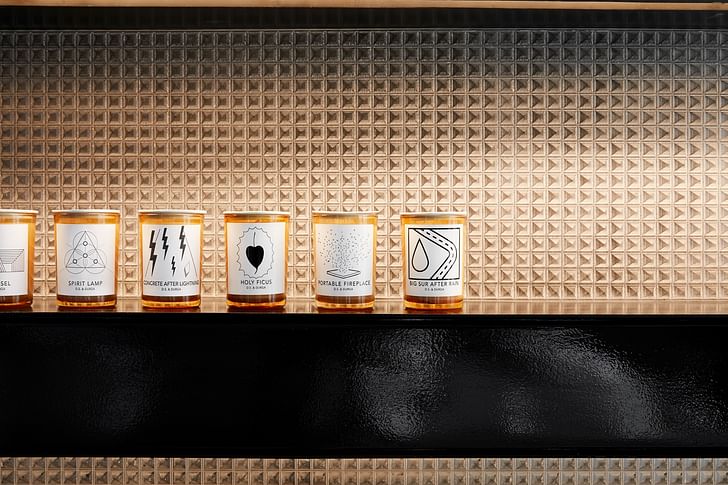
Is the design of the store a kind of tribute to New York City? Is it very personal to you?
Yeah, the design is personal. There's nothing that, when you walk in there, you feel like, this is about New York City. It's a personal product. Beauty products get kind of lofty and get a little soft. We want to keep this hard edge to it, and keep it not looking pretty. Just keep it looking raw, and I think we really did a good job with the space, reflecting that edge and that authenticity we were going for.
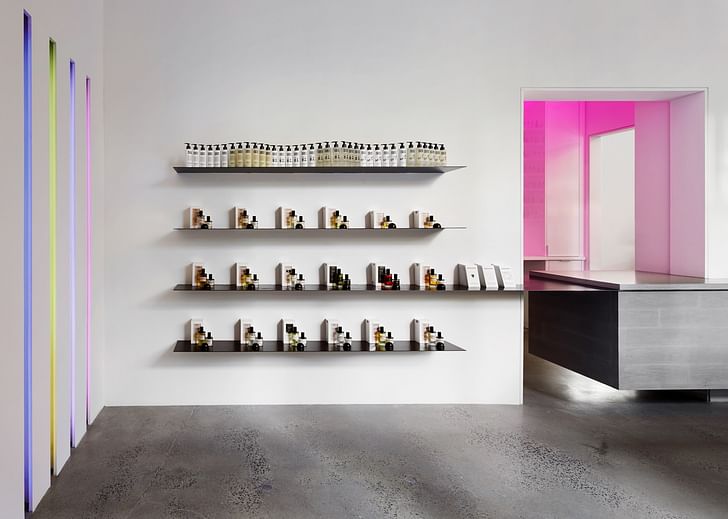
What are some of the biggest lessons you have learned in running your own studio since founding D.S. and Durga?
I've learned it's important to carve out time for the things you truly enjoy about work. For me, while I really enjoy the business end of DSD and am starting to understand what makes the business tick and grow in terms of numbers, my heart is still with the design and visuals. When I set aside time for that, it's restorative. It always comes back to the product.
I try to be as transparent as possible because people work better when they understand the full picture...I want to cultivate a collaborative working environment, not one that's super competitive.
I also think a lot about leading a team now. I try to be as transparent as possible because people work better when they understand the full picture. When I worked for an architecture firm, a lot of the mistakes I made were because I didn't know the end goal, and when you are only privy to limited information, it might show in your work. We have a really bright and talented staff and I want them to stay stimulated and keep learning. It's important to figure out what motivates each person and make sure they get some [of that experience]. I want to cultivate a collaborative working environment, not one that's super competitive.
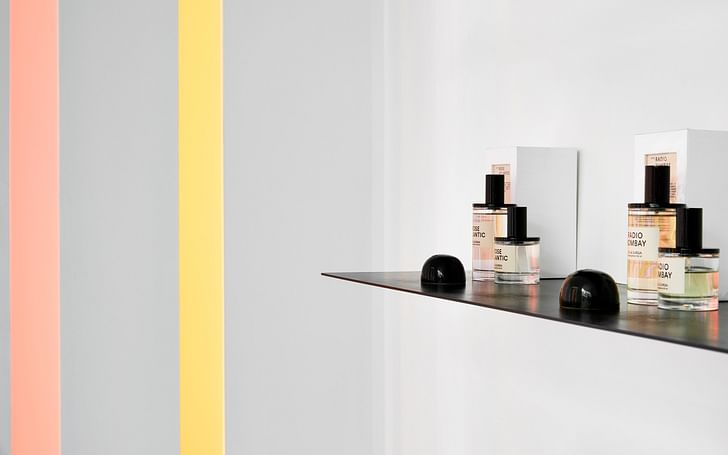
Do you have any interest in returning to the architecture field?
No, no...No, I don't. [Architecture] is amazing and I love being involved, and I love making decisions. But to actually be executing it is [mostly] a series of headaches and problems; and dealing with clients is not easy.
I don't want to go back into architecture mostly because I've got a thriving business that is all-consuming. I worked in architecture for two years after my Master's and that was very frustrating for me as a junior/intermediate architect. To be doing all the work and then not present it to the clients, not get recognition for it. [...] They would usher the client into the conference room and present my work, and I wouldn't be invited. I [also] did many unpaid internships, and I just hated it. I didn't like being part of a profession that was allowing this to happen.
[However,] I wasn't looking to leave architecture. But then the opportunity [to start D.S. & Durga] was starting to materialize and it was fun. And I had just met David, we were young and in love, and it's like we're doing this art project together. I wanted to see where it was [going to lead].
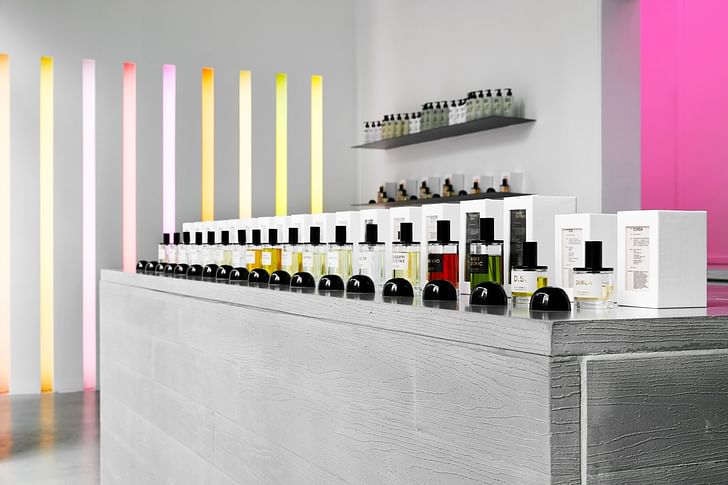
The fact that you get to call all the shots for your own brand—Why would you say no, right?
Totally. The opportunity to be my own boss was always, always the goal. I never understood when I would talk to other architects that I was working with and they were like, "No, I don't want my own firm.” But to me that was always my goal. I definitely understand that mindset now, though. It's a very hard thing, first of all, to be your own boss and pull in all the projects. It's a lot of weight on your shoulders. And [it's] the same here [at D.S. & Durga]. We have a staff of 10 people now, and [that's] a lot of responsibility. But, I wouldn't want it any other way. It's very exciting to be able to do it.
Do you and David have any plans for how to expand D.S. & Durga?
Yeah, we're expanding territories! We're expanding to Russia, and Southeast Asia later this year. We're talking about opening more stores—our store in NoLiTa is doing really, really well. So we're talking about opening a second and hopefully third store soon. And one of those will be in L.A., for sure.
Editor/Writer for Archinect + sister site Bustler. Leans toward: public interest design, illustration, graphic design, history, and general pop-culture geekiness, among other things. Enjoys a good bowl of noodles.
3 Comments
Cool stuff....but I don't get why they look so serious in the pictures. Hahaha lighten up!
because that is how you know they are s e r i o u s d e s i g n e r s
Joy and humor will not be tolerated, apparently. Though if you read the interview, they sound like actual people with pulses. Time to rethink the oh-so-serious portrait style.
Block this user
Are you sure you want to block this user and hide all related comments throughout the site?
Archinect
This is your first comment on Archinect. Your comment will be visible once approved.